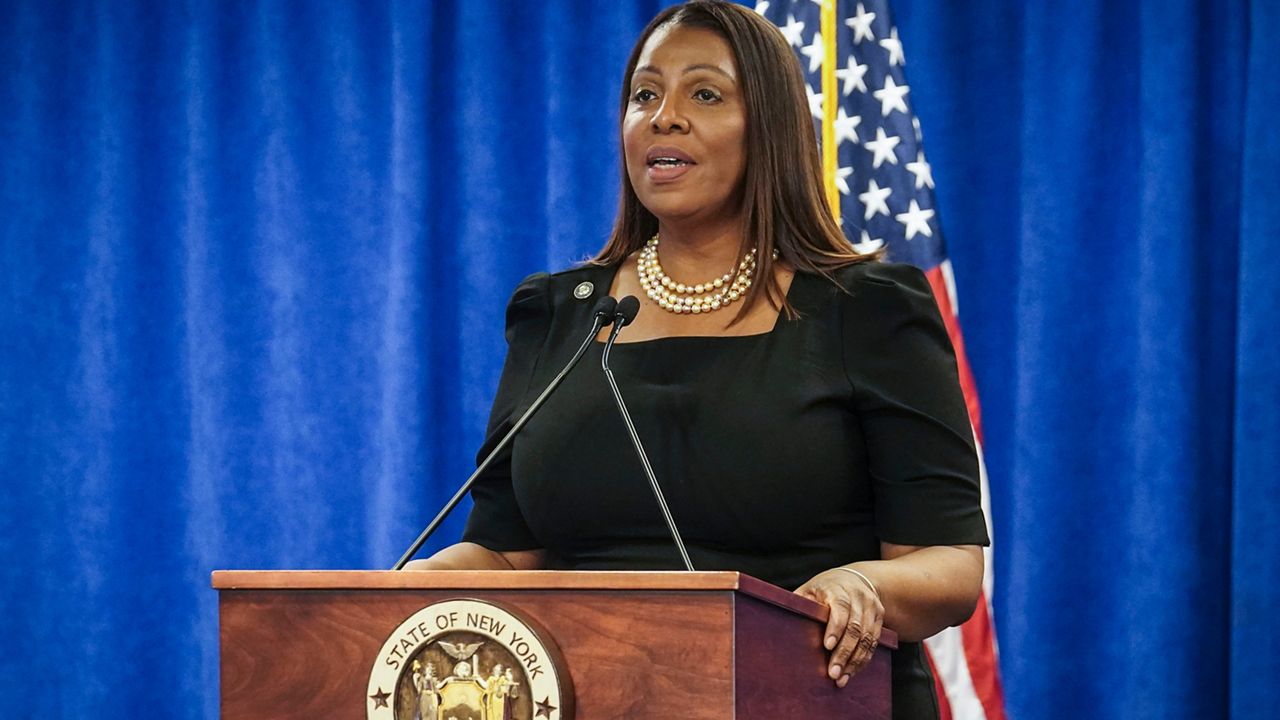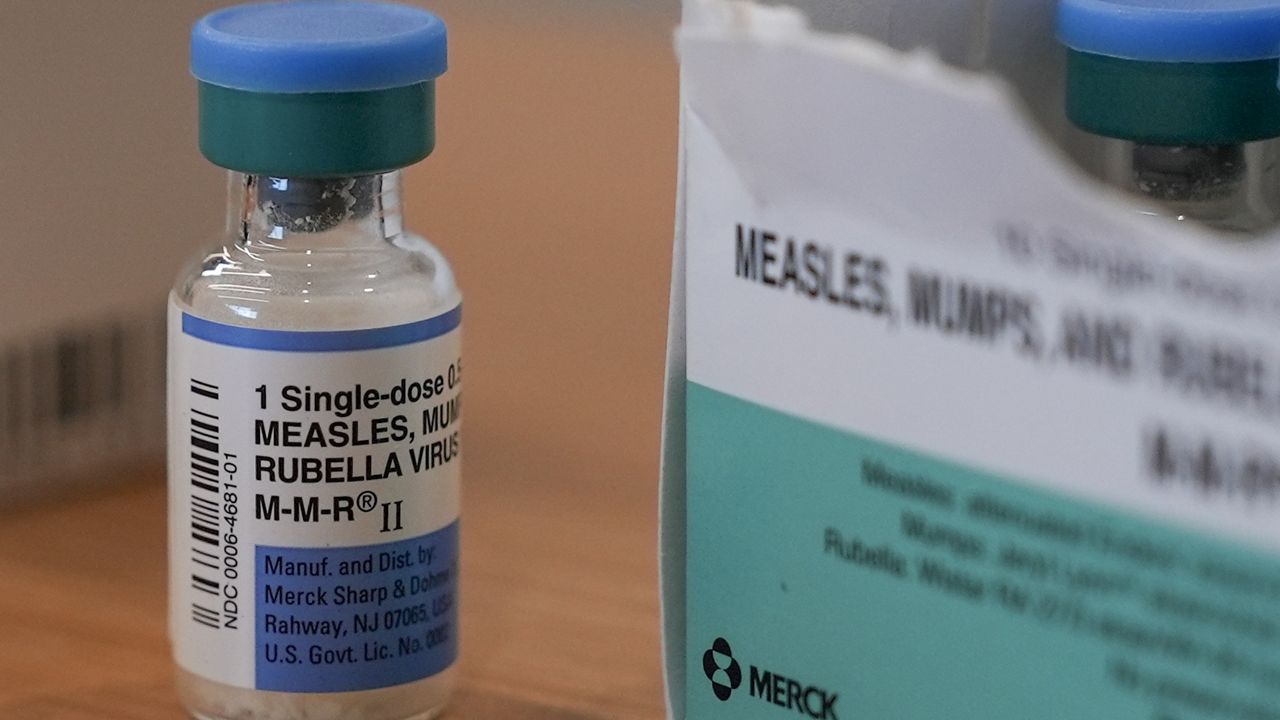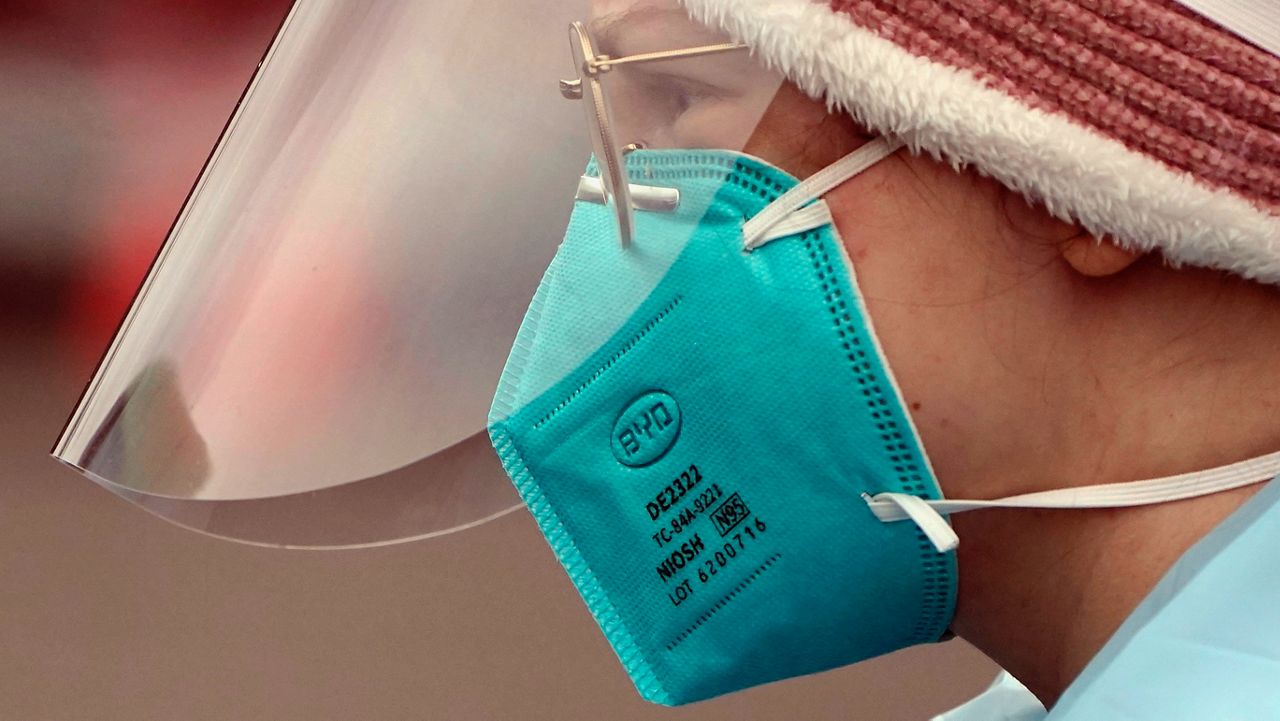Jennifer Hunt was 38 when she was diagnosed with breast cancer more than eight years ago. She elected a double mastectomy.
“I thought I was doing the right thing to avoid cancer ever again,” Hunt said.
Hunt had reconstructive surgery in 2010. That same year, more than 1.2 million breast implant procedures were performed, according to the International Society of Aesthetic Plastic Surgery.
In June, Hunt received a letter from her plastic surgeon about a “very rare and highly treatable type of cancer that can develop around a breast implant.” It’s called breast implant associated anaplastic large cell lymphoma, or BIA-ALCL.
“I had never even heard of that before so I was really surprised to find that out,” Hunt said.
The FDA was the first public health organization to identify a possible association between breast implants and BIA-ALCL in 2011. Since then, the agency has been working with the American Society of Plastic Surgeons to collect data about it.
BIA-ALCL is not cancer of the breast tissue, but rather a lymphoma.
Latest numbers from the FDA issued in September 2017 show there are 414 known cases, including 9 deaths. And, data suggests a connection to the surface of the implant: 30 cases are tied to smooth implants and 242 cases are linked to textured, the kind Hunt selected.
“They told me [textured] were the better choice because they wouldn’t move in your body,” Hunt explained.
“We don't really know how this comes about,” said Dr. Scot Glasberg, past president of the American Society of Plastic Surgeons.
Glasberg’s analysis of the data in October shows 614 cases of BIA-ALCL. He says the increase is likely attributable to growing global awareness among physicians to report case information.
The FDA’s review is ongoing and, according to a spokesperson, data will be updated as the agency reviews reports to eliminate duplication and synthesize information about implant texture and fill.
Prophylactic removal of implants is not recommended. Instead, people with implants should continue to get regular checkups every 1 to 2 years.
Glasberg continues to use textured implants in his practice.
“There are some significant benefits,” Glasberg said. “First and foremost for the patients that I treat, many of them want to control adherence to their breast especially those having breast reconstruction. The only way to develop an implant that has a contour or shape is to have a textured shell.”
Since receiving the letter from her plastic surgeon in June, Hunt is following up with her doctors to learn more. A recent visit offered comforting news – no signs of BIA-ALCL.
“I’m happy that I do get a good result,” she said.









